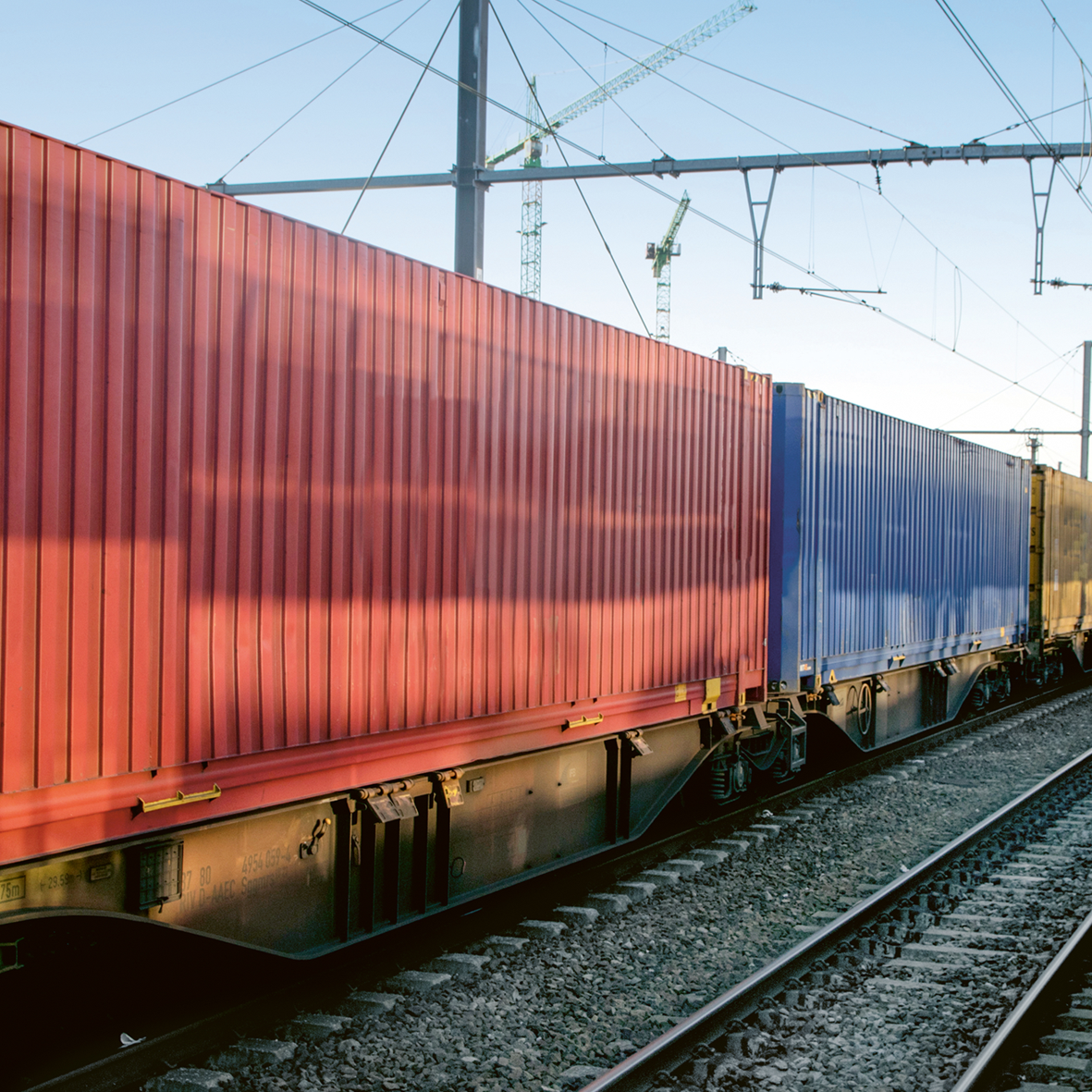
Annual Report 2020
ECOLOGY AND ECONOMY: RESPONSIBILITY PAYS

While effective climate protection would cost about one percent of the world’s annual economic output, one would have to anticipate costs of from five to even 20 percent of economic output to compensate for failing to protect the climate. A sustainable environmental policy does not lead to economic disadvantage, but stimulates the development of new technologies. Or old means of transport could become important again.
The SICK Group’s new sustainability strategy takes into account the increasingly urgent topics of environmental and climate protection – and the corporate responsibility that goes with them. SICK uses its strategy to clearly commit to the model of ‘strong or ecological sustainability’ by focusing on ecological aspects. The fundamental understanding is based on the fact that no sustainable development is possible without an intact environment – the environment is thus the basis for further development. Economic and social aspects remain important pillars of our sustainable alignment. In concrete terms, this commitment to ecological sustainability means that a consideration of all important processes takes place from the point-of-view of ecological improvement – and identified optimization potentials are implemented within the framework of what is feasible in reality.
With its strategy focused on ecological sustainability, SICK is expanding its environmental protection activities to all significant fields of activity worldwide. Environmental protection is integrated in products and processes throughout the product life cycle in order to provide maximum possible protection of the environment from negative effects. Every corporate department has been assessed for ecological optimization potentials and provided with concrete targets in 14 fields of activity. These fields of activity are based on the sustainability targets of the United Nations that are relevant for SICK.
THE GREEN LOGISTICS FIELD OF ACTIVITY – GETTING GOODS TO CHINA BY TRAIN
According to current assessments, eight to ten percent of worldwide CO2 emissions are caused by logistical processes. The aim of one of the 14 defined fields of activity in the strategy, Green Logistics, is to structure logistics efficiently. Whereby consideration is given to the transport of goods throughout the entire delivery chain (from raw material to subcontractor, or from suppliers to SICK), the transport of goods within SICK (operating logistics), and the transport of our SICK sensors to customers. SICK supports an intact environment and takes responsibility with a view to energy, space, material and fuel consumption.

THE EURASIA EXPRESS: BUCHHOLZ – JIAXING
Rail transports between the European SICK Distribution Center in Germany (Buchholz) and its Asian counterpart in China (Jiaxing) have been taking place every two weeks since March 2020. The 11,300 km journey through six countries and eight time zones takes about 29 days door-to-door. The first trip in 2020 already saved 37 percent of the total transport costs 94 percent CO2e emissions compared to air freight. The consignment can be tracked live to monitor its location, temperature, humidity and vibrations. “It seems a bit like going back in time,” Andreas Gerlach, Quality & Process Manager, comments on the choice of transportation. “It takes much longer, of course, but it is beneficial for the environment and better for the wallet. One requires efficient needs-oriented planning in order to be able to do this,” Andreas Gerlach adds. “It is necessary to maintain stocks at the Fulfillment Center China, our local logistics center there. If we only dispatched what a customer had just ordered from a subsidiary, it would have to be flown in to ensure quick enough delivery.
The ecologically sensible alternative to this is to build up stocks locally, from which one can meet the customers’ needs as required. Train containers are always full if one plans this correctly.” We network closely with Green Packaging and the Green Supply Chain in order to reduce our CO2 footprint by optimizing packaging sizes, as well as implementing efficient dispatch planning and replenishment processes.







